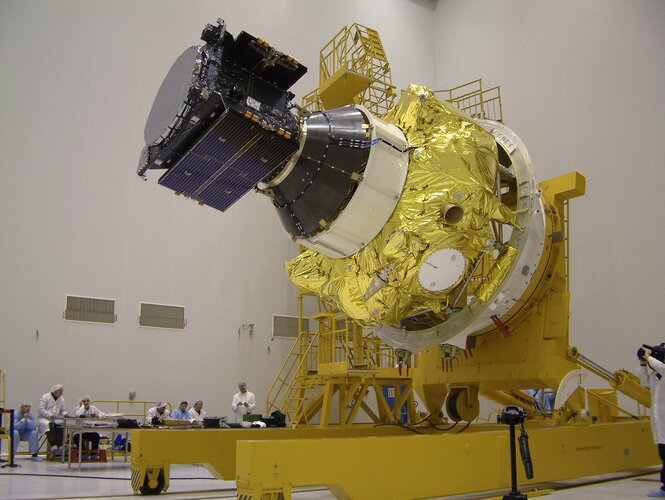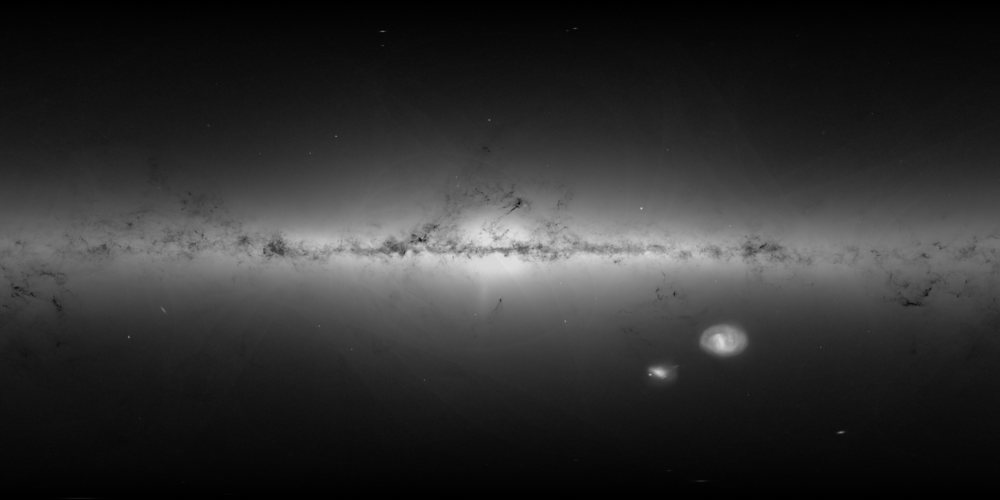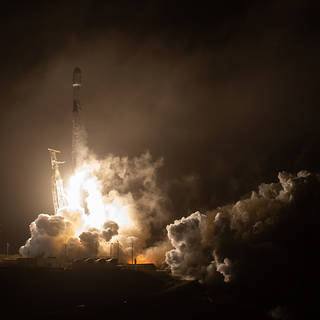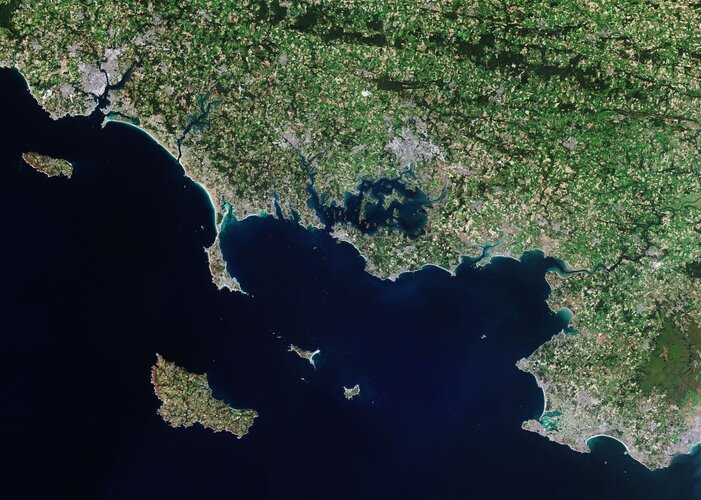
Copernical Team
Update on Webb telescope launch

The launch readiness date for the James Webb Space Telescope (Webb) is moving to no earlier than 22 December 2021 to allow for additional testing of the observatory, following a recent incident that occurred during Webb's launch preparations.
Galileo prototype GIOVE-A switched off after 16 years in orbit

Europe’s first prototype satellite for Galileo, GIOVE-A, has today been formally decommissioned after 16 years of work in orbit. The 2005-launched mission secured Galileo’s radio frequencies for Europe, demonstrated key hardware and probed the then-unknown radiation environment of medium-Earth orbit.
Apply now to the brand new ESA Junior Professional Programme!

Positions are now open for Junior Professionals! Do you have a strong interest in space? Do you aspire to channel your knowledge, interest and experience into a career in the space sector? Open to Master’s degree graduates with two to three years of professional experience, this programme offers a three-year placement with the opportunity to join ESA’s permanent workforce upon completion of the assignment.
Gaia reveals that most Milky Way companion galaxies are newcomers to our corner of space

Data from ESA’s Gaia mission is re-writing the history of our galaxy, the Milky Way. What had traditionally been thought of as satellite galaxies to the Milky Way are now revealed to be mostly newcomers to our galactic environment.
NASA, SpaceX Launch DART: First Test Mission to Defend Planet Earth
 NASA’s Double Asteroid Redirection Test (DART), the world’s first full-scale mission to test technology for defending Earth against potential asteroid or comet hazards, launched Wednesday at 1:21 a.m. EST on a SpaceX Falcon 9 rocket from Space Launch Complex 4 East at Vandenberg Space Force Base in California.
NASA’s Double Asteroid Redirection Test (DART), the world’s first full-scale mission to test technology for defending Earth against potential asteroid or comet hazards, launched Wednesday at 1:21 a.m. EST on a SpaceX Falcon 9 rocket from Space Launch Complex 4 East at Vandenberg Space Force Base in California. Artist wins residency at ESA’s technical heart

Dutch visual artist and filmmaker Anna Hoetjes is the winner of the Mission: Art-Space Exchange research residency at the European Space Agency. During her residency, Anna will spend two months with space science researchers at the European Space Research and Technology Centre, ESTEC, in Noordwijk, the Netherlands, the largest ESA establishment and hub of European space projects.
Space-enabled big data reveals the bigger picture

How the world is responding to life under the coronavirus pandemic is being illuminated by real-time economic indicators informed by data from space.
One year on this giant, blistering hot planet is just 16 hours long
 The hunt for planets beyond our solar system has turned up more than 4,000 far-flung worlds, orbiting stars thousands of light years from Earth. These extrasolar planets are a veritable menagerie, from rocky super-Earths and miniature Neptunes to colossal gas giants.
Among the more confounding planets discovered to date are "hot Jupiters" - massive balls of gas that are about the size of o
The hunt for planets beyond our solar system has turned up more than 4,000 far-flung worlds, orbiting stars thousands of light years from Earth. These extrasolar planets are a veritable menagerie, from rocky super-Earths and miniature Neptunes to colossal gas giants.
Among the more confounding planets discovered to date are "hot Jupiters" - massive balls of gas that are about the size of o Hubble Finds Flame Nebula's Searing Stars May Halt Planet Formation
 The Flame Nebula or NGC 2024 is a large star-forming region in the constellation Orion that lies about 1,400 light-years from Earth. Hubble studied this nebula to look for protoplanetary disks, or "proplyds" - disks of gas and dust around stars that may one day form new solar systems.
Hubble found four confirmed proplyds and four possible proplyds in the nebula, but the proplyds are being
The Flame Nebula or NGC 2024 is a large star-forming region in the constellation Orion that lies about 1,400 light-years from Earth. Hubble studied this nebula to look for protoplanetary disks, or "proplyds" - disks of gas and dust around stars that may one day form new solar systems.
Hubble found four confirmed proplyds and four possible proplyds in the nebula, but the proplyds are being Curiosity sends a picture postcard from Mars
 NASA's Curiosity rover captured a remarkable image from its most recent perch on the side of Mars' Mount Sharp. The mission team was so inspired by the beauty of the landscape, they combined two versions of the black-and-white images from different times of the day and added colors to create a rare postcard from the Red Planet.
Curiosity captures a 360-degree view of its surroundings with
NASA's Curiosity rover captured a remarkable image from its most recent perch on the side of Mars' Mount Sharp. The mission team was so inspired by the beauty of the landscape, they combined two versions of the black-and-white images from different times of the day and added colors to create a rare postcard from the Red Planet.
Curiosity captures a 360-degree view of its surroundings with 
